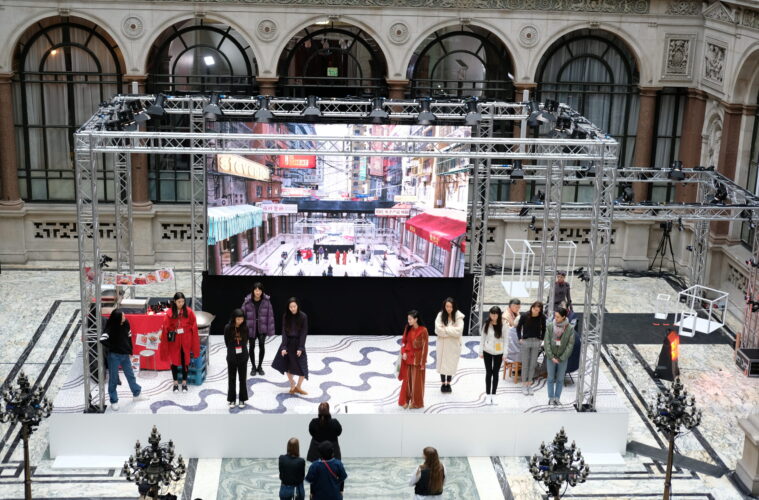You may have encountered that Mark Zuckerberg aspires for Facebook to become a meta-universe company. Epic Games announced the conclusion of a $1 billion round of investment to assist the long-term development of the meta-universe at the beginning of this year. The term “meta-universe” has surely become the buzzword in scientific and technology circles. This article explains what a meta-universe is, who will develop it, and a critical question: why is the meta-universe essential to architects.
What Is the Meta Universe?

source: pinterest.com
The word Metaverse was developed by Neal Stephenson in his 1992 science fiction novel Snow Crash. He imagined the virtual world in the near future as the Internet’s successors.
You may have a rudimentary notion of living in the meta-universe from the movies and Matrix & Ready Player One in which whatever we thought may occur and we may always live in the meta-universe for life. There are several articles that provide various definitions and criteria for the meta-universe.
Who Will Develop the Meta Universe/Metaverse?
In contrast to the controlled metaverse Oasis depicted in “Ready Player One,” tech groups think that the metaverse should be an expansive and interconnected society ruled by no single entity. Hopefully in the near future, asking if a company is going to build a metaverse will seem as ridiculous as inquiring a company how their internet is going.
Simultaneously, Roblox and Epic Games, the most popular Metaverse idea stocks at the moment, think that the metaverse must have decentralized DNA in order to prevent being monopolized by a few forces.
The energy behind the metaverse will come from consumers. The Metaverse does not originate from an industrial behemoth. Everyone contributes to the metaverse through creating material, programming, and game design.
Why Metaverse Is Shaking Hands To the Architecture World?

source: pinterest.com
The whole globe is experiencing a significant movement from the actual economy to the digital economy, and it has sped this integration up dramatically since the worldwide pandemic.
Commercial properties companies are battling as tenants leave or downsize, yet video conferencing firms like Zoom have enjoyed great success and have thrived amid the outbreak. Whether or not we like it, COVID-19 has altered our workplace culture, hastened the advent of e-commerce, and has redefined how firms function.
Hollywood, fashion, Gaming, and cryptocurrency are some sectors that were among the first to develop metaverses. There will be no other choice than to participate in the new game, or else your firm will fail.
Non-Fungible Tokens(NFT) in Art
Digital products are currently a $10 billion market, and in order for virtual assets to have genuine, enduring value, they must exist independently of an organization that can decide to delete or deactivate the thing at any time.
As a result, NFT (Non-fungible tokens), the most recent use of blockchain technology, appeared on the market. The term “non-fungible” refers to the fact that it is one-of-a-kind and cannot be substituted with anything else. As a result, they regarded the significance of NFTs to be confirming the production of the digital thing as “exceptional.”
And that virtual creation may be anything, including digital architecture. Krista Kim, a Toronto-based artist, has sold the first NFT-backed digital house for more than $500,000. In many North American cities, this is more expensive than a genuine house.
Another popular trend in the cryptocurrency realm is investing in virtual real estate. As a part of the NFT market frenzy that began in early 2021, the value of blockchain-based real estate in virtual worlds has skyrocketed.
A plot of virtual land in the cryptocurrency online realm Decentraland was sold for more than $900,000 on the open market. People may showcase their NFT art collections, wander around with buddies, explore buildings, and attend an event in virtual environments such as Sandbox, Decentraland, and Somnimum Space.
Many people believe this is a scam, and the framework may be early, but it is an intriguing and potentially lucrative arena for designers to utilize their design abilities in the real world and expand them into the virtual world.
Revolution In Business Model
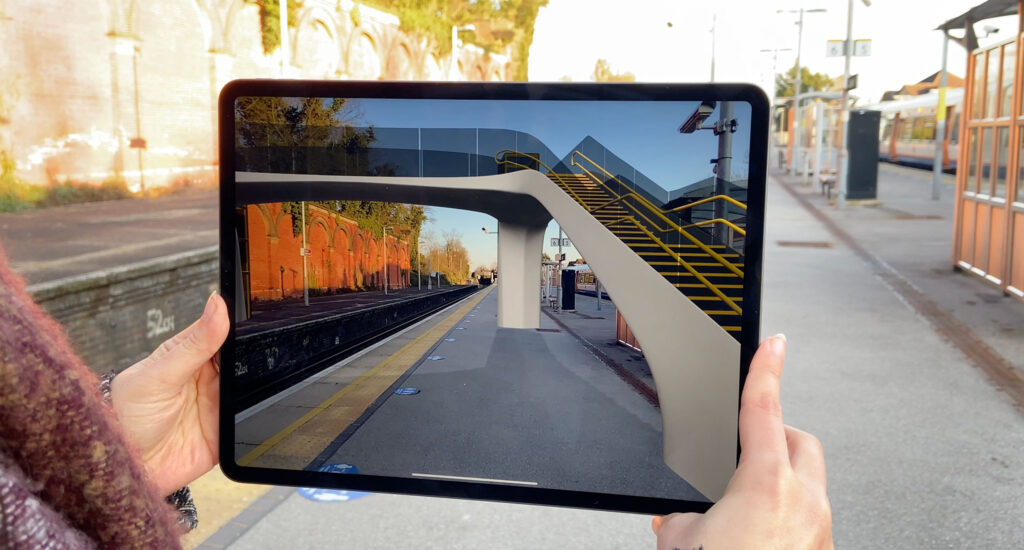
source: pinterest.com
Architects frequently complain about the difficulty of finding reputable clients who completely support their innovative ideas and pay their invoices on time. Many plans will remain on paper indefinitely, they may be rejected for a variety of reasons, and most “paper architecture” is worthless since it is not recognized by the customer.
Even if your design is built, the building is insanely expensive, time-consuming, and fraught with unpredictability. There are several ways for you to be sued unless the project fails.
Sorry To Say!
Sincerely apologize for the terrible fact, but in current society, architects are no longer the master builders. Architects serve as project leaders, collaborating with other experts, engineers, constructors, clients, and public officials to complete a project, and we are charged on an hourly basis, similar to other professionals who perform services.
Rather than delivering one-on-one services, architects might redesign the business model to give product lines that can scale, outcomes that can be repurposed and can benefit millions of people rather than just one.
Need To Entertain Customers!
To keep consumers entertained, the Metaverse requires a vast amount of material. We require virtual theme parks, virtual theatres, virtual events, virtual casinos, virtual classrooms, virtual meetings, and whatever else you can think of for builders. The metaverse is an uncharted area full of possibilities, a paradise free of the real world’s boundaries.
Architects may develop one-of-a-kind layouts backed by NFT for consumers. Who enjoy collecting one-of-a-kind commodities. Architects may also create digital assets such as cities, houses, furnishings, artworks, point cloud data, textures, and so on.
This is pretty similar to the work atmosphere in which artists engage in a game or a movie. Architects can create design “equations” that users can change to yield different outputs, such as grasshopper script or Houdini digital assets, in addition to statically designed.
How Can These Happen!
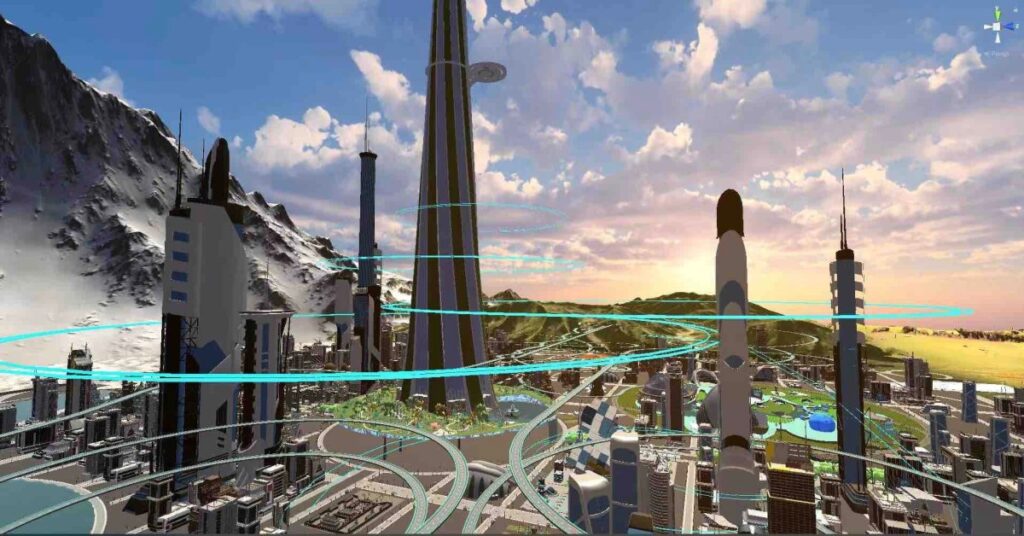
source: pinterest.com
While architecture is primarily a local industry, you can deliver digital products/services to customers all over the world. It may be tough to locate clients that enjoy your design in your location, but it is much easy to find consumers who appreciate your taste all over the world. You can make a living doing what you love.
Whatever you do, take a moment to think like a content producer, leveraging your efforts for exponential development, navigating the virtual jungle to sell yourself across many platforms, reaching out to potential consumers with excellent material, keeping them engaged, and growing your fanbases.
How Will Architects Join The Game?
Get Inspired From Gaming Industry
Gaming is the edge of the Metaverse’s iceberg. Games are seen to be the ideal metaverse carriers, particularly the increasingly popular sandbox games, which currently feature a rudimentary type of the metaverse.
Many games, such as the GTA series, Minecraft, and Fortnite, give a great degree of flexibility in the gaming experience. Many games also include specialized tools for the creation of self-made Mods expansion material, in order to enhance the gameplay and prolong the life of the game.
Gaming is another area with which architects have a lot of experience. SimCity is a classic township video game that many city planners find inspiring. Worldbuilding in games is the process of creating an imagined universe, which is analogous to the construction process in the everyday world.
The concept artist’s 2D image is transformed into a plausible 3D world by the environment artist. The tools of the trade include 3D modeling software such as ZBrush, 3Ds Max, Blender, Maya, Substance Painter, and others.
Explore Some Programming
Think Like Developer

source: pinterest.com
Computational design is not a new concept in the area of architecture. We’ve heard phrases like parametric design, generative design, and algorithmic design. It’s a new style of problem-solving.
Designers abstract the design process, rot away the enormous challenges into smaller ones, such as identifying those factors or constraints that will affect the design outputs. While making improvements in design workflows and possibilities. Rather than relying solely on their gut feelings and observations.
PCG Method
In computing, procedural content generation (PCG) is a method of generating data algorithmically rather than manually. Which is often used as a balance of human-generated materials and algorithms combined with computer-generated randomization and processing power.
It is used extensively in computer graphics to produce textures and 3D models. Procedural generation is frequently used in video games and films to create bigger quantities of material and create games with infinite content.
Employ Artificial Intelligence (AI) In Designs
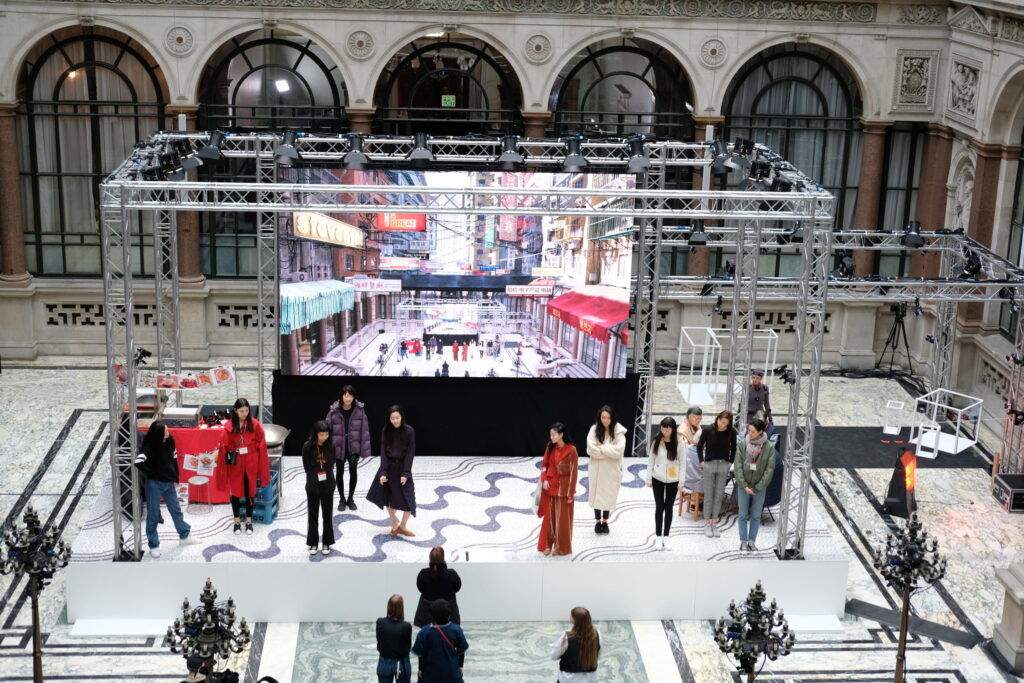
source: pinterest.com
AI is a trendy topic in the IT world. We’ve seen some fantastic applications in computational vision, natural language processing, and other areas. AI can be used in the design context to train machine learning from the current process to make new content. GAN (Generative Adversarial Network) is a rising star among machine learning platforms that have caught the attention of design experts.
Architect Impacts In Metaverse
Economic Crisis
Architects are already experiencing an identity crisis in the real world. We used to be the stonemason, understanding all of the construction expertise and practices.
However, in today’s modern civilization, many majors such as configuration, mechanical, power generation, budget, and construction management have been separated from the architecture discipline.
The Metaverse is a fresh playground in which architects and other stakeholders will engage. What additional value can we contribute to the game if we are battling against game designers or developers?
Architect As Bridge
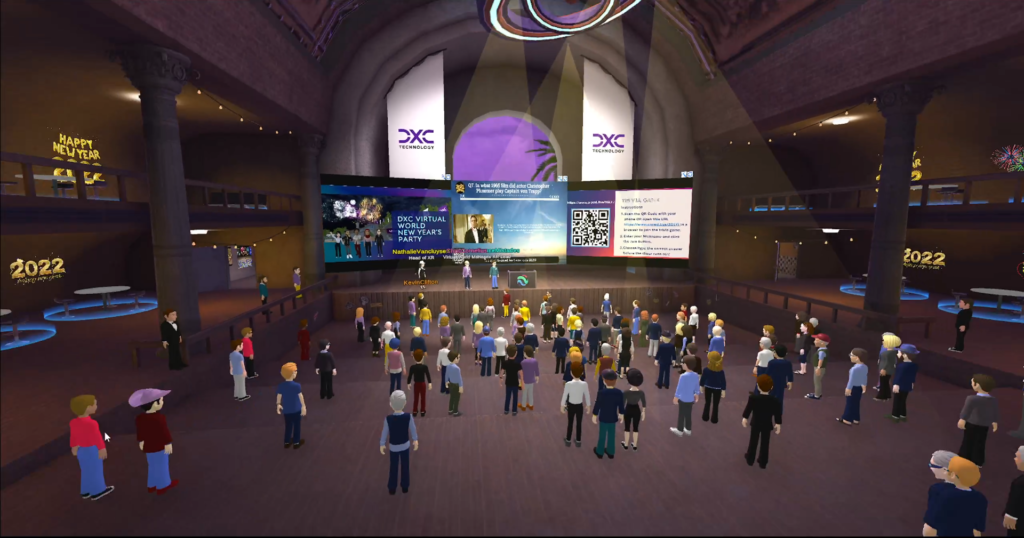
source: pinterest.com
Architects have been at the forefront of physical world construction for ages. Since we act as the project manager to engage with all disciplines to deliver projects to end-users. Whereas other consultants are more common and associated with only a piece of the entire scenario.
Social Responsibilities
Architects are excellent presenters and listeners. We start by listening carefully to learn what our clients and communities desire. Aside from servicing customers, architects prioritize social effect and responsibility in order to assist a community overall.
Culture manifests and expresses itself via architecture. Prior to conceptual design, we aim to comprehend a specific cultural background, which includes languages, place memory, and lifestyles. While the metaverse is not geographically restricted, users come from a variety of cultural backgrounds.
Conclusion
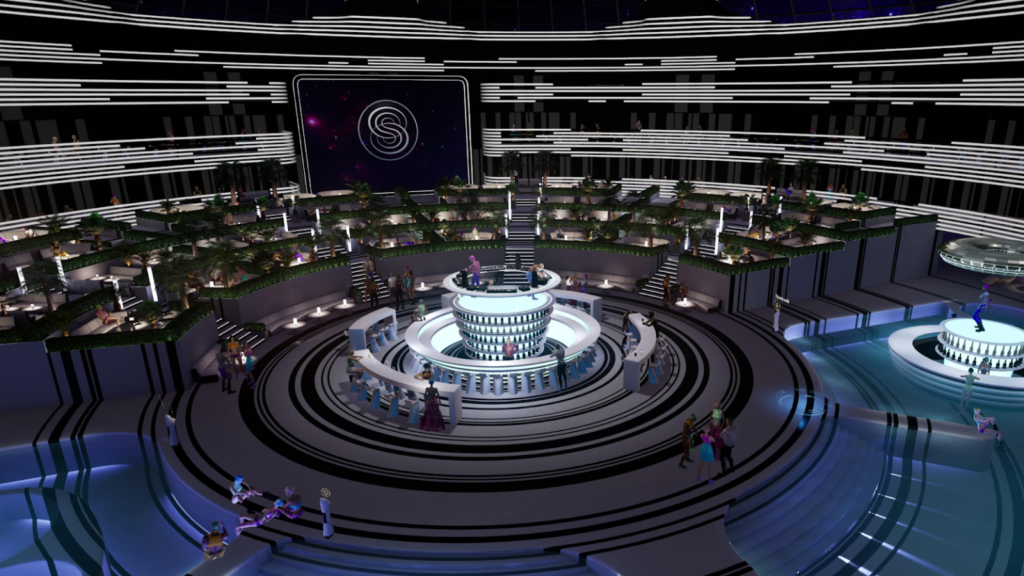
source: pinterest.com
Do we need to discover specific architectural ideas in this digital age? My dear readers, this is an easy question. The better we develop and execute architecture’s value, the greater we can construct a magnificent, unmaterial multiverse. The metaverse is unfolding and changing. Aren’t you excited fans! Visit The architecture Designs for more ideas.

